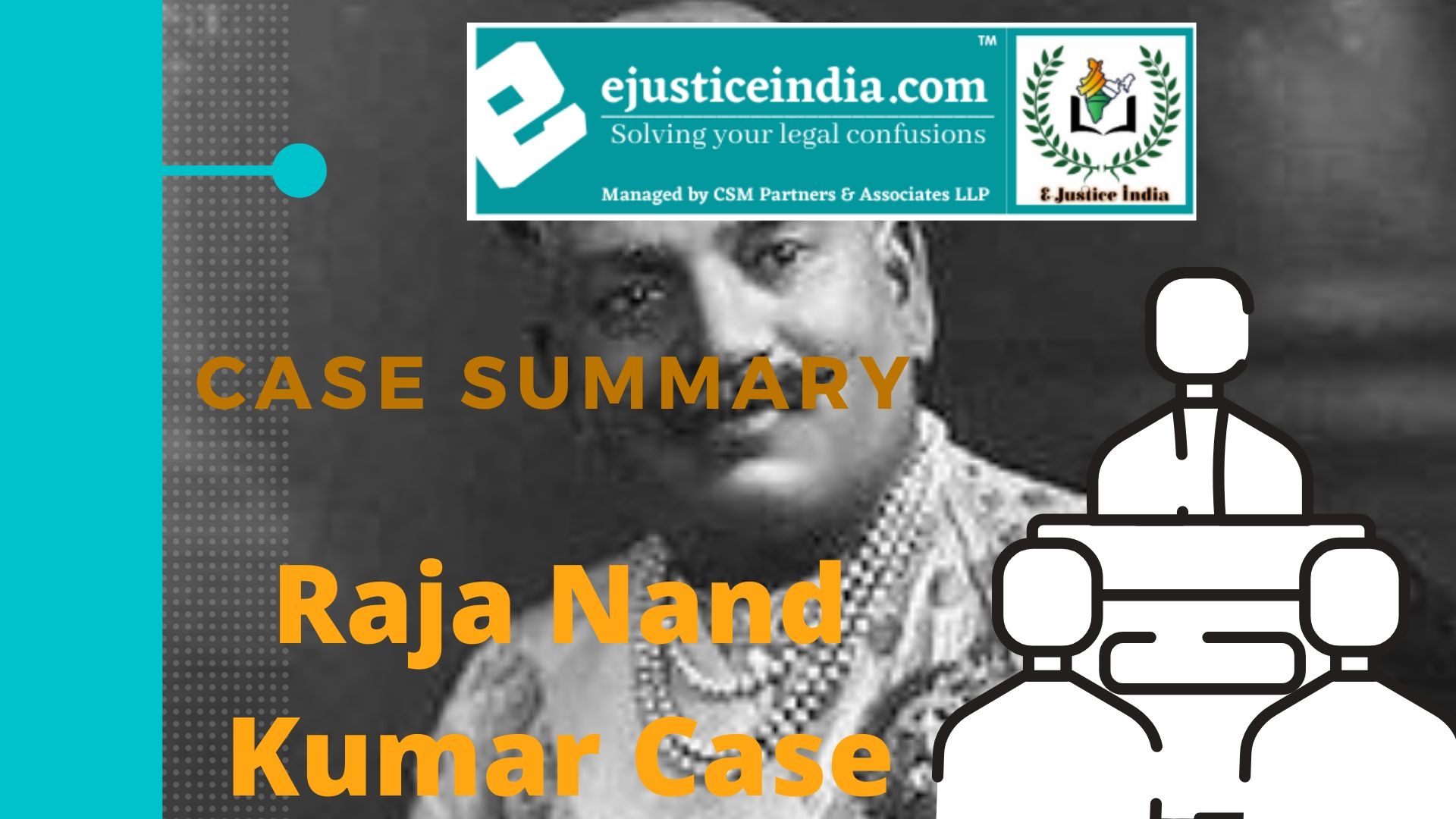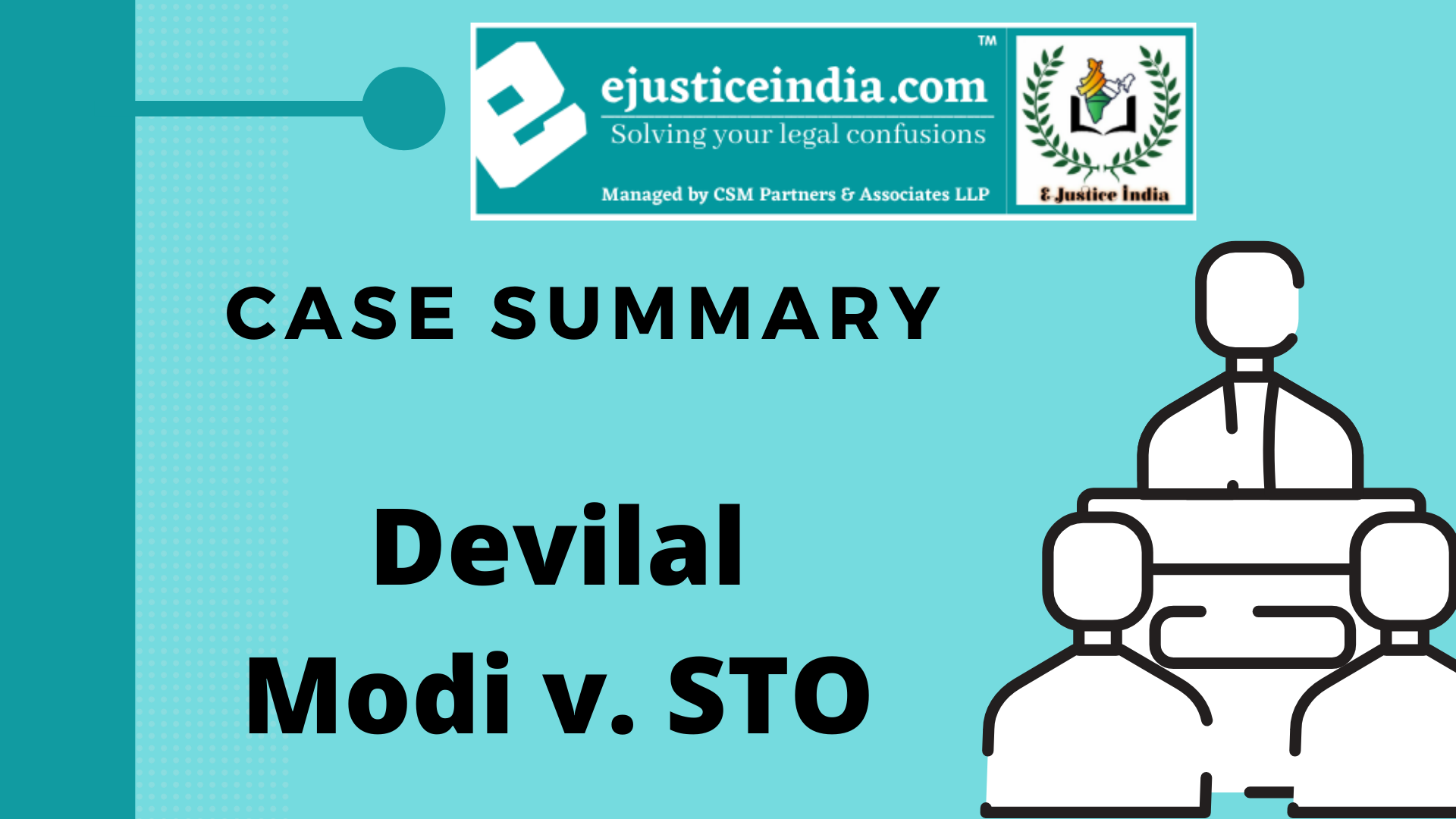Case Summary : I.C Golaknath and ors. V. State of Punjab and anrs. 27 February, 1967
BACKGROUND – Previously in the Sankari Prasad v. Union of India case, the Supreme court upheld the Power of the Parliament to amend any part of the Constitution , including which affects Fundamental Rights of citizens. The outcomes were come that Supreme court held that view that Article 368 which contained provisions relating to the amendment of the constitution merely laid the amending.
The Golaknath verdict of 1967 witnessed a eleven judges bench of the Supreme court reversing the position it held in the Sankari Prasad v. Union of India case.
FACTS OF THE CASE -The family of Henery and William Golaknath had over 500 acres of land in Punjab. Acting under the Punjab Security and Land Tenure Act, 1953 , State government says that they can keep only 30 acres land and rest of the land will distribute among the worker on the field for have their welfare. This act , 1953 which was placed in 9th schedule by the 17th Constitutional Amendment Act. Golaknath and others petition fill the Writ petitioner under Article 32 of the Indian Constitution in the Supreme court and Says that govt . have a law which violates our Fundamental rights Mentioned Article 19(1)(f) i.e Right to Hold and acquire property , 19(1)(f) Right to practice any profession and Article 14 Equality before Law and Equal protection of laws . They sought to have the Seventeenth Amendment – which had placed the Punjab Act in the Ninth Schedule – Declare ultra vies.
ISSUED INVOLVED – Since Punjab Act was placed in 9th Schedule by the 17 the Amendment , the issued involved are :-
- Whether Amendment is a law or not
- Whether Fundamental Rights can be amended or not .
JUDGEMENT – The judgement reversed Supreme courts earlier decision which had upheld Parliaments Power to amend all parts of the constitution , including Part III related to Fundamental Rights. The judgement left the Parliament with no power to curtail Fundamental Rights. The Supreme Court , Out of Eleven justices , 6 justices were in the Favour of petitioner ( Majority ) and 5 justices against the petitioner . By the Thin Majority of 6 held a constitutional amendment under Article 368 of the constitution was an ordinary “law” within the meaning of Article 13(3) of the constitution . The Majority did not believe there was any difference between ordinary Legislative power of parliament and inherent constituent power of parliament to amend the constitution . Since according to Article 13 ( 2 ) , the parliament could not make any law that abridges the Fundamental Rights contained in Part III of the Constitution , the meaning of 13 , could not be in violation of Fundamental Rights which is contained in the Constitution of India.
DOCTRINE OF PROSPECTIVE AND OVERRULING – It was in this case that the Chief Justice Koka Subba Rao had first invoked the doctrine of prospective overruling. Earlier decisions was a smart and better move played by the judiciary . the Doctrine of prospective overruling implies that the effects of the law to be laid down will be applicable on the future dates i.e past decisions will not affected by this decision. Prospective overruling was chosen by the majority because of the reason.
REASON – To minimize the negative impact of the judgment invalidating the earlier constitutional amendments.
24TH AMENDMENT –After that Indra Gandhi government ( 24th amendment act 1972 ) to overruled the Golaknath case decision . For this govt.do major amendment relied upon the Marginal note of the earlier Article 368 to decide that the provision only contained the procedure of Amendment and not power , therefore , the Marginal note of Article 368 was amended and word power was added on the marginal note.
CONCLUSION– This judgment forbade the parliament to cause further damages to the fundamental rights of the citizens by laying down a law which effect to suppress the Parliaments autocracy. However including all the pros and cons of the judgement , the judgement was successful in deterring the Parliament from infringing any more Fundamental Rights . Its deterrence was successful to that extent that the Parliament in order to reverse the law to status of pre Golaknath tried to indirectly overruled Golaknath


